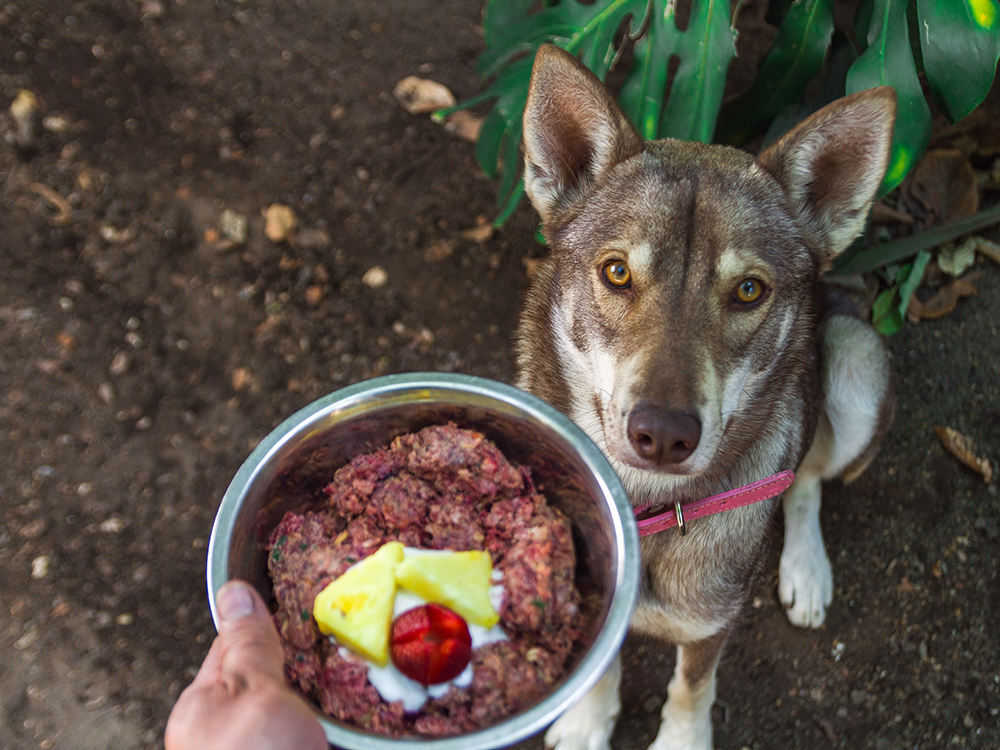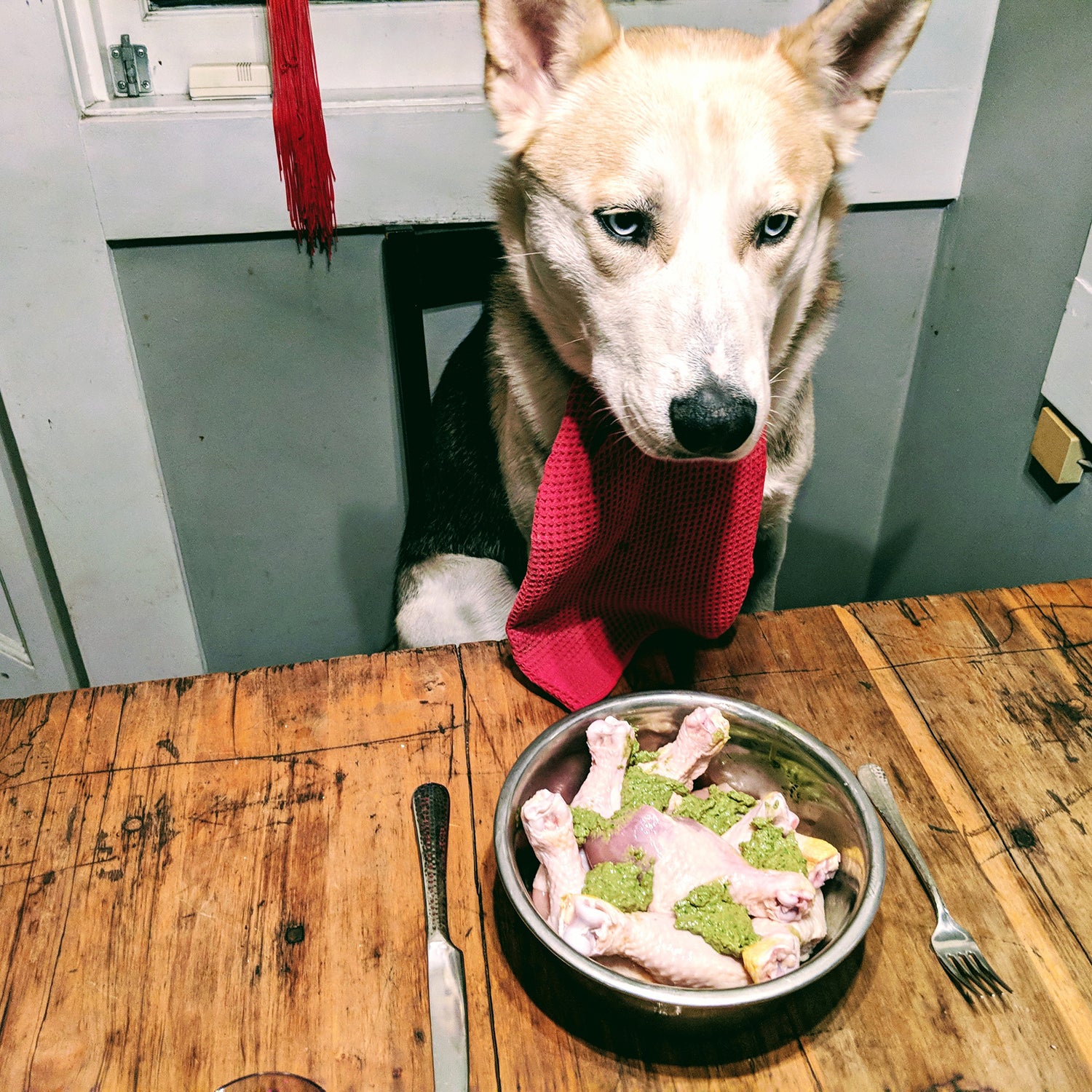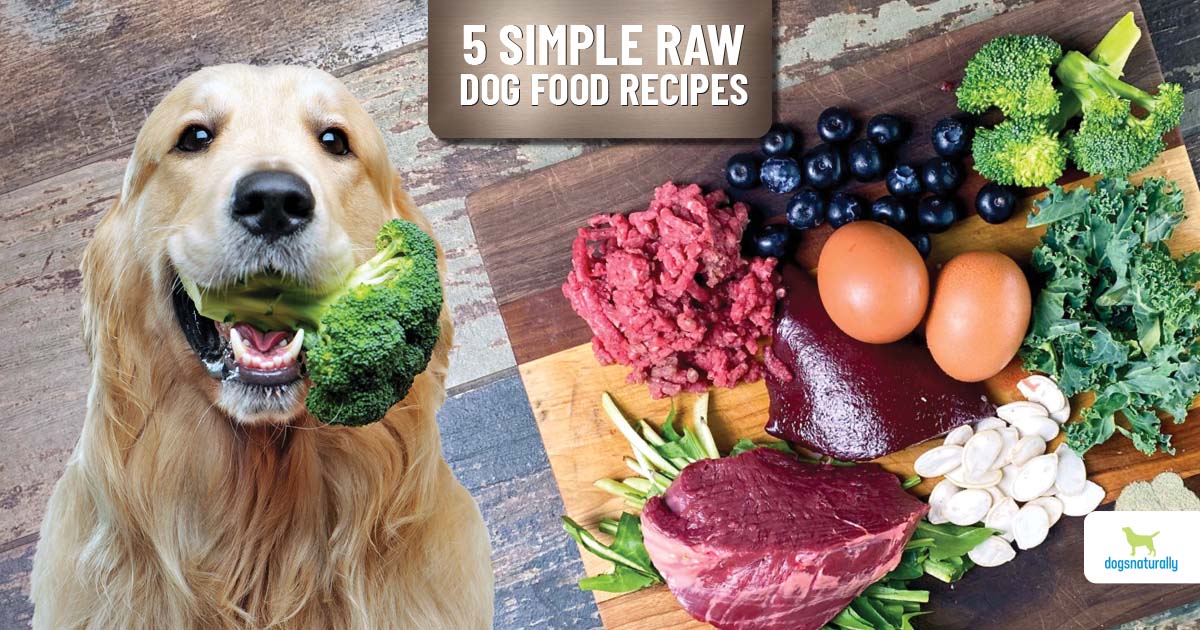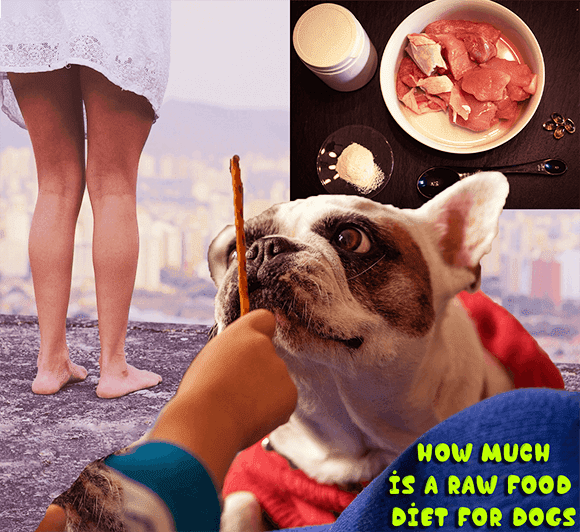A raw food diet for dogs typically costs between $2.50 and $5.00 per day. The price can vary based on dog size and specific dietary needs. See more about how much is a raw food diet for dogs.
Embarking on a raw food journey for your dog involves careful consideration of both benefits and costs. Pet owners who opt for raw diets often do so to provide their furry friends with a more natural eating experience that closely mirrors what their canine ancestors would have consumed in the wild.
Such a diet usually comprises raw meat, bones, fruits, and vegetables, aiming to improve the dog’s overall health and vitality. The initial investment in raw food can seem daunting, but proponents argue that potential long-term savings on veterinary bills can offset this. As you explore the best dietary options for your pet, understanding the financial commitment is key to making an informed decision. Tailoring the diet to your dog’s specific needs is essential, and this personalized approach can significantly influence the total cost.
Introduction about How Much is a Raw Food Diet for Dogs
Diving into the world of canine nutrition, a raw food diet emerges as a compelling option for dog owners seeking a natural feeding approach. This diet mimics a dog’s ancestral eating habits, focusing on raw meats, bones, fruits, and vegetables. With its growing popularity, understanding what a raw food diet for dogs entails is crucial for informed decisions about your pet’s health.
Benefits Of Raw Feeding
Many dog owners report positive changes after switching to a raw diet. Here are some highlighted benefits:
- Enhanced energy levels and vitality
- Shinier, healthier coats due to natural oils in the diet
- Improved dental health, as raw bones clean teeth naturally
- Optimized digestion with natural enzymes in raw food
- Reduced allergies and skin irritations are often linked to processed food
Common Misconceptions
Despite its benefits, some misconceptions about raw diets persist. Let’s debunk a few:
| Misconception | Truth |
|---|---|
| Raw diets are unbalanced | When properly planned, they offer complete nutrition. |
| Raw food is unsafe. | With proper handling and sourcing, the risk is minimal. |
| It’s too expensive | Costs vary, and budget-friendly options exist. |
Types Of Raw Food Diets
Exploring the world of raw food diets for dogs opens up various choices for pet owners. Each type offers unique benefits. Let’s delve into the main types available.
Commercial Raw Diets
Commercial raw diets come pre-packaged and ready to serve. They are a convenient choice for busy pet parents. These diets often include:
- Frozen or freeze-dried options to preserve freshness
- Balanced ingredients that meet nutritional standards
- Variety packs to keep your dog’s meals exciting
They may cost more but save time in meal preparation.
Home-prepared Raw Diets
Home-prepared raw diets give you full control over your dog’s nutrition. You can choose:
| Ingredient Type | Examples |
|---|---|
| Proteins | Chicken, beef, lamb |
| Fruits & Vegetables | Apples, carrots, spinach |
| Supplements | Vitamins, minerals |
This approach requires knowledge of canine nutrition to ensure a balanced diet.
Cost Factors In Raw Feeding
Understanding the cost factors in raw feeding is crucial for dog owners considering this diet. Several elements influence the overall expense.
Quality Of Ingredients
The quality of ingredients has a significant impact on cost. Higher quality, fresher ingredients are usually more expensive. Owners must decide between cost and nutritional value.
Organic Vs. Non-organic
Choosing between organic and non-organic ingredients also affects the price:
- Organic products are generally pricier but offer fewer pesticides and chemicals.
- Non-organic items are more budget-friendly but might contain more additives.
Buying In Bulk
Purchasing food in bulk can lead to significant savings. Here are key points:
| Quantity | Cost Effectiveness |
|---|---|
| Small quantities | Higher price per unit |
| Large quantities | Lower price per unit |
Stores may offer discounts on large orders, reducing the overall cost.

Credit: www.thewildest.com
Price Comparison: Raw Vs. Traditional Diets
Deciding between a raw and traditional diet for your dog involves understanding the costs. Let’s dive into a detailed price comparison to help you make an informed decision.
Initial Cost Analysis
Starting a raw food diet for your dog often seems expensive at first glance. The initial setup includes buying high-quality meats, organ parts, and bones. These costs can vary greatly depending on the source and quality of ingredients.
| Item | Raw Diet Cost | Traditional Diet Cost |
|---|---|---|
| Meat | $3.00/lb | N/A |
| Kibble | N/A | $2.00/lb |
| Supplements | $20/month | $10/month |
While kibble is cheaper per pound, raw diets require a balance of different foods. This leads to higher initial costs for raw diets.
Long-term Financial Implications
In the long term, a raw diet could lead to fewer vet visits and better overall health, potentially saving money. Conversely, Kibble is consistent in price but may contribute to health issues over time.
- Raw diets may reduce allergies and skin conditions.
- Improved dental health can decrease dental cleanings.
- Kibble diets might lead to higher medical costs for chronic conditions.
In summary, raw diets have higher upfront costs but can lead to healthcare savings in the long run. Traditional diets offer a lower initial price but might increase healthcare expenses.
Budgeting For A Raw Food Diet and How Much is a Raw Food Diet for Dogs
Switching your dog to a raw food diet can be a nutritious choice. Yet, it’s important to understand the costs involved. A well-planned budget ensures your dog benefits from quality meals without breaking the bank. Let’s calculate monthly costs and find ways to save.
Calculating Monthly Costs
Start by determining your dog’s daily calorie needs. This depends on their weight, activity level, and age. A vet can provide the best estimate. Once you know how much your dog eats, you can determine the monthly expenses. Include all parts of the diet: meats, bones, organs, and supplements.
| Food Item | Daily Amount | Monthly Cost |
|---|---|---|
| Meat | 1 lb | $45 |
| Bones | 0.5 |
Supplements And Additional Nutrients
Turning to a raw food diet for dogs can bring many health benefits. Yet, it’s crucial to understand the role of supplements and additional nutrients. Dogs may need extra vitamins and minerals not found in raw meat. These ensure a balanced diet and optimal health.
Essential Supplements
A complete raw food diet includes essential supplements. These fill nutritional gaps. Common choices are:
- Omega-3 fatty acids – support skin and coat health
- Probiotics – aid digestion
- Glucosamine – for joint support
- Vitamin E – an antioxidant
- Calcium – for strong bones
Cost Of Supplements
Supplement costs can vary. Factors include brand, quality, and dog size. Here’s a breakdown:
| Supplement Type | Average Monthly Cost |
|---|---|
| Omega-3 Fatty Acids | $10-$30 |
| Probiotics | $20-$50 |
| Glucosamine | $15-$40 |
| Vitamin E | $5-$20 |
| Calcium | $10-$30 |
Remember, these are average costs. Prices can change. Shop around for the best deals. Choose quality for your furry friend’s health.
Real Owners’ Experiences
Diving into real owners’ experiences with raw food diets for dogs reveals a spectrum of insights. These accounts highlight the benefits and costs of this feeding choice. Pet owners can gauge what to expect from a raw diet through case studies and annual spending reviews.
Case Studies
Case studies show diverse outcomes for different dogs. Each dog’s story reflects unique changes in health and behavior. Owners often note improved coat shine, higher energy levels, and fewer digestive issues. Yet, some also discuss the initial transition challenges. They mention the need for patience as their pets adjust to raw meals.
| Dog’s Name | Breed | Health Impact | Owner’s Feedback |
|---|---|---|---|
| Bella | Labrador | More energy | Loves the diet |
| Max | Beagle | Better digestion | Transition was tough |
| Daisy | Boxer | Shiny coat | Noticed positive changes |
Annual Spending Reviews
The cost of a raw food diet varies widely. It depends on the dog’s size, the type of raw food, and where it’s bought. Owners share their annual spending to help others plan financially. Small dog owners spend less on raw food than larger breeds. Buying in bulk or sourcing locally can reduce costs.
- Small dogs: $200 – $500 per year
- Medium dogs: $500 – $700 per year
- Large dogs: $700 – $1,000+ per year
These figures are rough estimates shared by pet owners. They reflect the commitment needed to maintain a raw diet. Owners suggest setting a budget and sticking to it to manage expenses.

Credit: www.outsideonline.com
Making The Switch
Are you considering introducing a raw food diet to your dog? It’s a big step! This diet can lead to better health and more energy for your furry friend. But it requires careful planning and consideration. Let’s explore how to make this transition smooth and check its impact on your dog’s health and budget.
Transitioning Your Dog
Start slowly. Mix a small amount of raw food with your dog’s current diet. Gradually increase the raw portion over several weeks. This will help your dog’s digestive system adjust without stress.
- Week 1: 25% raw, 75% current diet
- Week 2: 50% raw, 50% current diet
- Week 3: 75% raw, 25% current diet
- Week 4: 100% raw diet
Watch for signs of digestive upset, such as diarrhea or vomiting. If these occur, slow the transition and consult your vet.
Monitoring Health And Costs
Monitor your dog’s health closely. Look for changes in energy, coat quality, and overall behavior. A positive change means the diet suits them.
Keep track of the costs, too. Here’s a simple breakdown:
| Item | Cost (Monthly) |
|---|---|
| Raw meat | $50 |
| Supplements | $20 |
| Miscellaneous (bones, organs) | $30 |
| Total | $100 |
Compare this with your current pet food expenses. This helps you decide if a raw diet is financially feasible.

Credit: www.dogsnaturallymagazine.com
How Much is a Raw Food Diet for Dogs
The cost of a raw food diet for dogs can vary widely depending on the type of ingredients, quality, and source. Raw food for dogs typically ranges from $2 to $6 per pound. Commercially prepared raw food diets, often available in frozen or freeze-dried formats, tend to be on the higher end of this spectrum due to the convenience and added costs of packaging and distribution.
For example, premium brands offering balanced, complete raw meals with various proteins and organic ingredients can cost upwards of $5 to $6 per pound.
In contrast, homemade raw diets, where pet owners purchase ingredients in bulk and prepare the meals themselves, can be more economical. They often cost between $2 and $4 per pound, depending on the sources of meat, organs, and bones and whether organic or conventional products are used.
Additionally, costs can fluctuate based on geographic location and availability of certain meats and supplements. While a raw food diet can be more expensive than traditional kibble or canned dog food, many pet owners believe the health benefits, such as improved coat condition, energy levels, and dental health, justify the higher price.
Frequently Asked Questions
Is It Expensive To Feed A Dog A Raw Diet?
Feeding a dog a raw diet can be more costly than traditional kibble, but prices vary widely based on ingredients and portion sizes.
Is It Cheaper To Buy Raw Dog Food Or Make It?
Depending on ingredient choices and local prices, making raw dog food at home can often be cheaper than buying pre-made options.
What Is The Cheapest Way To Feed My Dog Raw?
The cheapest way to feed your dog raw is by buying bulk meat, organs, and bones from local butchers or farms. Consider making homemade meals to control costs effectively. Always balance the diet with the necessary nutrients.
How Often Do You Feed A Dog On A Raw Diet?
Feed adult dogs on a raw diet twice daily; puppies may require three to four meals daily.
Conclusion
Embracing a raw food diet for your dog can be a health-conscious choice that may offer numerous benefits. It’s vital to consider the cost alongside your pet’s nutritional needs. Careful budgeting and informed decisions will ensure your furry friend thrives on this natural diet.
Remember, the investment in their well-being is priceless.

I’m a Canada, UAE, US, and UK-based writer and dog expert blogger. I spent over five years learning about dog food and grooming techniques. Additionally, I recommend avoiding and properly treating various physical problems in dogs. I am here to share my knowledge about good dog nutrition and care.

